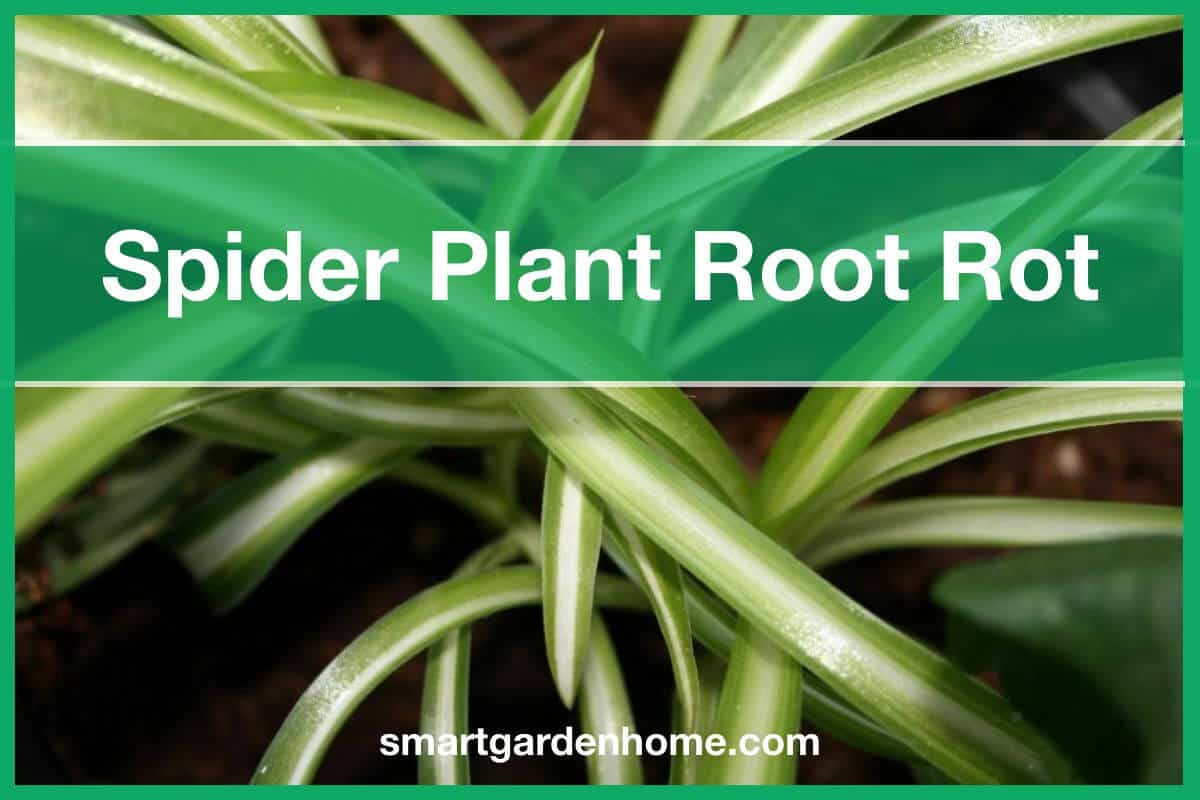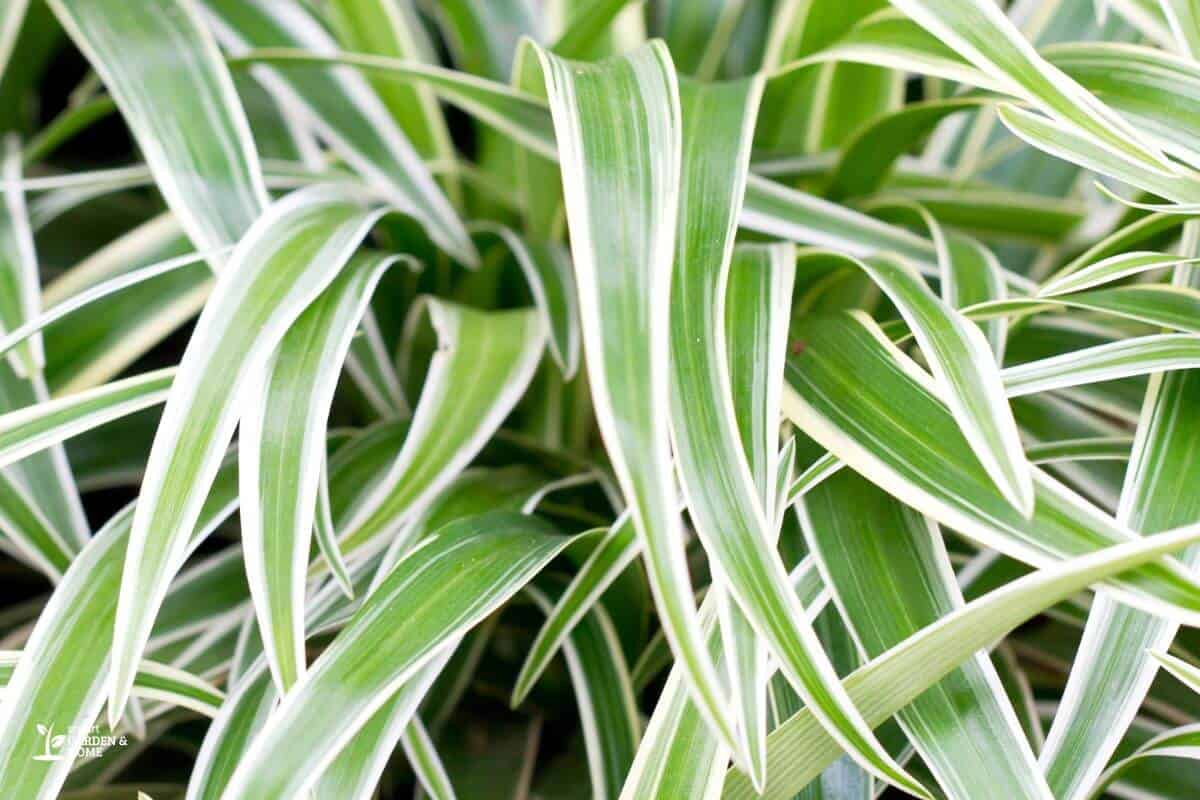Root rot spider plant, a common ailment among these beloved houseplants, can wreak havoc on their health and vitality. This comprehensive guide delves into the identification, treatment, and prevention of root rot in spider plants, empowering you to keep your greenery thriving.
Early detection and intervention are crucial for successful treatment. Inspect your spider plant regularly for signs of infection, such as yellowing or wilting leaves, stunted growth, and mushy or discolored roots. Prompt action can prevent further damage and promote recovery.
Root Rot Identification and Diagnosis

Root rot, a common ailment among spider plants, is a serious condition that can lead to plant death if left untreated. Timely detection and intervention are crucial for successful management of root rot. Understanding the typical symptoms and implementing proper inspection techniques are essential for early diagnosis and effective treatment.
Symptoms of Root Rot
- Yellowing or browning of leaves, starting from the lower ones.
- Wilting and drooping of leaves, even when the soil is moist.
- Stunted growth and poor overall plant health.
- Soft, mushy, or discolored roots.
- Presence of a foul odor emanating from the soil or roots.
Inspecting for Root Rot
To confirm the presence of root rot, it is necessary to inspect the roots. Carefully remove the plant from its pot and gently shake off excess soil. Examine the roots for signs of infection, such as discoloration, softening, or a foul odor. Healthy roots are typically firm, white or cream-colored, and have a slight fibrous texture. Infected roots may appear brown, black, or reddish, and may be slimy or mushy to the touch.
Importance of Early Detection
Early detection of root rot is crucial for successful treatment. The longer the infection persists, the more damage it causes to the plant’s root system, making it more difficult for the plant to absorb water and nutrients. Prompt intervention can help prevent the spread of the infection and increase the chances of recovery.
Treatment Options for Root Rot

Treating root rot in spider plants requires prompt action to prevent further damage and potential loss of the plant. Several methods can be employed, each with its own advantages and disadvantages. This section will discuss chemical and organic treatment options, providing guidance on their application and effectiveness monitoring.
Chemical Treatment
Chemical treatment involves the use of fungicides to control the spread of fungal pathogens causing root rot. These fungicides come in various forms, including sprays, granules, and drenches, and target specific types of fungi.
- Pros:
- Rapid and effective in controlling fungal growth.
- Available in various formulations for easy application.
- Cons:
- Can be harmful to beneficial organisms in the soil.
- Repeated applications may be necessary for long-term control.
- Some fungicides may not be suitable for indoor use.
Fungicide Application
- Remove infected leaves and stems.
- Apply the fungicide according to the manufacturer’s instructions.
- Monitor the plant regularly for signs of improvement or further infection.
Organic Treatment
Organic treatment methods for root rot focus on improving soil health and promoting plant resilience. These methods often involve the use of natural materials and practices to suppress fungal growth and enhance root health.
- Pros:
- Environmentally friendly and sustainable.
- Promotes overall plant health and vigor.
- Can be used in conjunction with chemical treatments.
- Cons:
- May take longer to see results compared to chemical treatments.
- May not be effective against severe infections.
Organic Treatment Options
- Hydrogen Peroxide Solution: Dilute 3% hydrogen peroxide solution (1:10 ratio) and apply to the soil around the base of the plant. This solution helps kill fungal spores and promote root health.
- Cinnamon: Sprinkle ground cinnamon around the base of the plant. Cinnamon has antifungal properties that can help suppress fungal growth.
- Tea Tree Oil: Dilute tea tree oil (1:10 ratio) and apply to the soil or directly to the roots. Tea tree oil has antibacterial and antifungal properties.
- Epsom Salt: Dissolve Epsom salt in water (1 tablespoon per gallon) and apply to the soil. Epsom salt helps improve soil drainage and reduce root rot.
Prevention Strategies for Root Rot: Root Rot Spider Plant

To prevent root rot in spider plants, it is crucial to implement proactive measures that address key factors contributing to the disease.
These include proper watering practices, maintaining optimal soil conditions, and observing good hygiene.
Watering Practices, Root rot spider plant
Overwatering is a major cause of root rot. Spider plants prefer moist soil but do not tolerate soggy conditions.
- Water only when the top 1-2 inches of soil feel dry to the touch.
- Avoid letting water sit in the saucer under the pot.
- Use a pot with drainage holes to allow excess water to escape.
Soil Conditions
Spider plants thrive in well-draining soil that provides aeration and prevents waterlogging.
- Use a potting mix specifically designed for spider plants or create your own by mixing equal parts peat moss, perlite, and vermiculite.
- Amend the soil with organic matter such as compost or bark to improve drainage.
- Avoid using heavy or compacted soils that retain too much water.
Hygiene
Maintaining good hygiene practices can help prevent the spread of root rot.
- Use sterilized potting mix and containers.
- Clean gardening tools with a disinfectant solution before and after use.
- Avoid over-fertilizing, as excess nutrients can weaken plants and make them more susceptible to disease.
- Inspect plants regularly for signs of root rot and remove infected leaves or stems immediately.
Selecting Disease-Resistant Varieties
Certain spider plant varieties are more resistant to root rot than others.
- Look for varieties labeled as “root rot resistant” or “disease tolerant.”
- Consider planting varieties such as ‘Variegata’ or ‘Golden Queen,’ which are known for their resistance to root rot.
